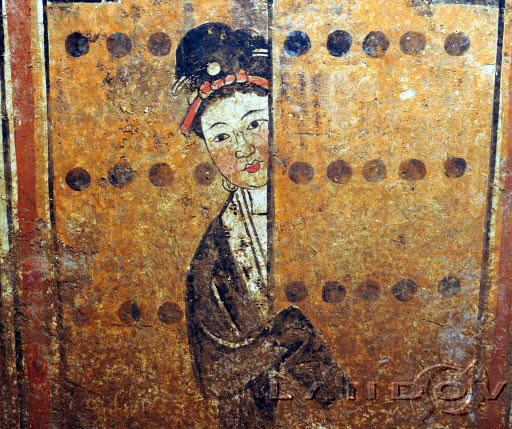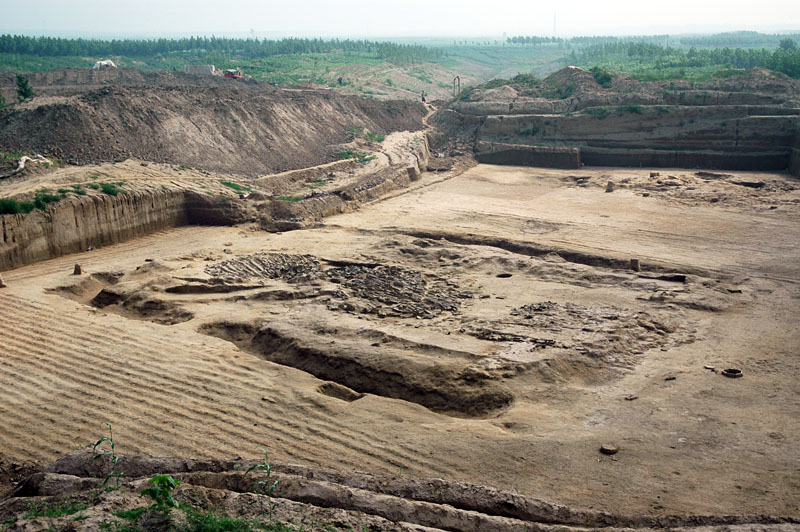
HENAN PROVINCE, CHINA—Live Science reports that a team including archaeologist Decai Gong of the University of Science and Technology of China at Hefei discovered silk proteins in soil samples collected from two of three tombs at Jiahu, a 9,000-year-old archaeological site in central China. Silkworm breeding and silk weaving are thought to have begun in this region, which has a warm and humid climate suitable for growing mulberry trees, whose leaves are eaten by silkworms. One of the samples of silk proteins has been dated to 8,500 years ago, making it “the earliest evidence of silk in ancient China,” according to Gong. He and his team think the people buried in the tombs may have been wearing silk garments. “Jiahu’s residents possessed basic weaving and sewing skills,” Gong said, based on the discovery of bone needles and weaving tools at the site. “There is a possibility that the silk was made into fabric.” For more, go to “China’s Legendary Flood.”










